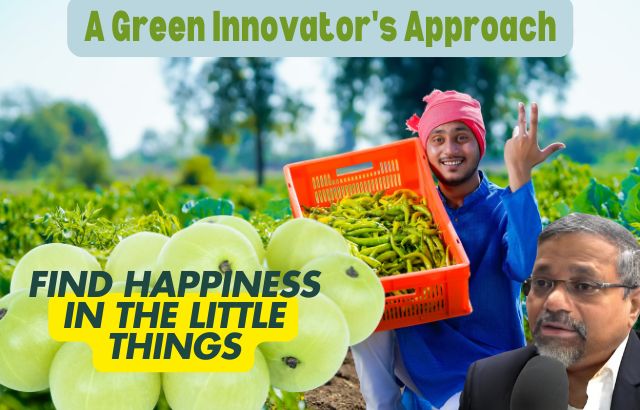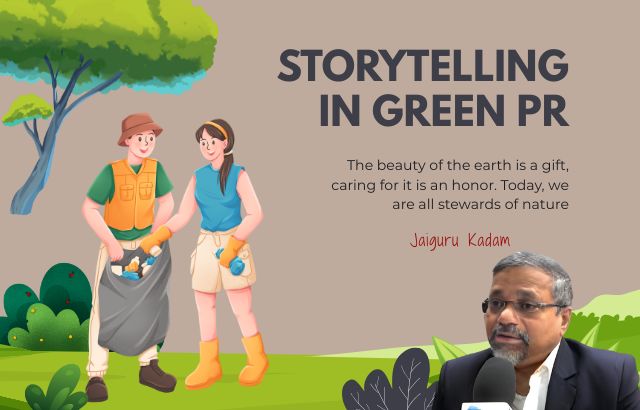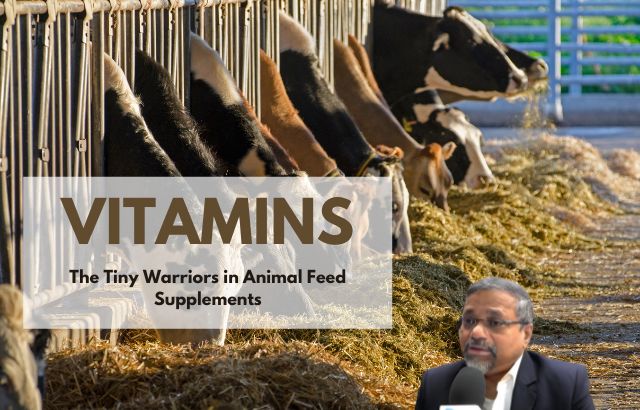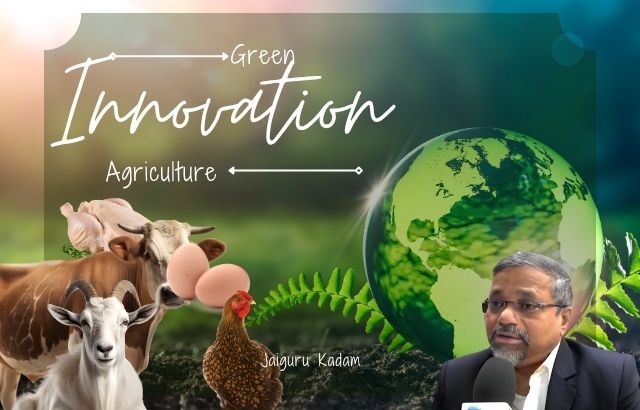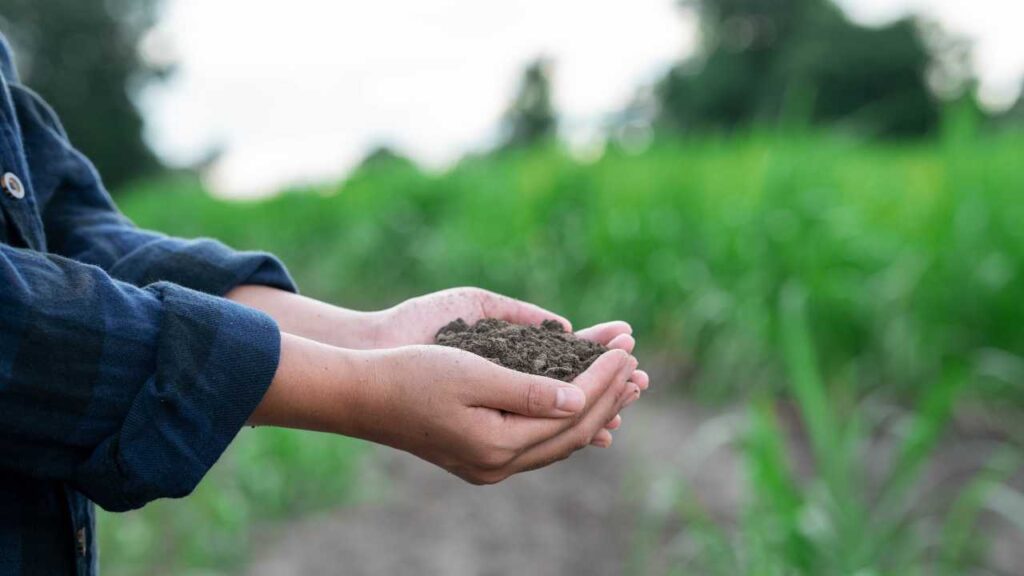In today’s fast-paced world, where we constantly chase larger goals and bigger milestones, it’s easy to overlook the simple pleasures that surround us every day. Happiness can be found in the little things — from a warm cup of tea on a rainy day to the joy of spotting a butterfly in your garden. As a Green Innovator, this perspective also extends to the environmental actions we take. The small choices we make in our daily lives, from recycling to using renewable energy, can significantly contribute to our well-being and the health of the planet. By embracing these small, mindful actions, we can cultivate a more sustainable and joyful life.
Examples of Finding Happiness in the Little Things

- Walking in Nature
Taking a walk in the park or hiking through a nearby forest not only allows you to appreciate the beauty of nature but also reduces stress and improves mental health. As a Green Innovator, choosing to walk instead of driving is a great way to reduce your carbon footprint, and the exercise boosts your mood and health. - Growing Your Own Garden
Whether you have a small apartment balcony or a spacious backyard, growing your own vegetables, herbs, or flowers can be a rewarding experience. It connects you to the earth, teaches patience, and provides fresh produce. Green Innovators often advocate for urban gardening as a way to reduce food waste and support local ecosystems. - Mindful Eating and Sustainable Choices
Eating locally grown, organic food not only nurtures your body but also supports environmentally sustainable practices. Green Innovators focus on reducing food miles (the distance food travels from farm to plate), which in turn reduces emissions. The joy of a meal made with fresh ingredients is multiplied when you know it’s helping the environment. - Composting
Turning your kitchen waste into compost is a small yet powerful way to contribute to sustainability. Green Innovators are often advocates for reducing landfill waste, and by composting, you can enrich your garden soil while minimizing harmful waste. Plus, the satisfaction of seeing your waste turned into something beneficial adds to your happiness. - Eco-friendly Hobbies
Engaging in hobbies such as DIY projects with recycled materials or using second-hand items for crafting not only gives you joy but also helps in reducing the demand for new products. These small creative efforts have a big environmental impact.
Roles of a Green Innovator
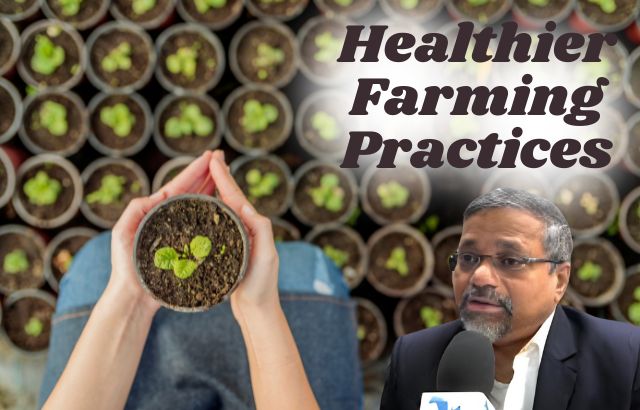
A Green Innovator is someone who focuses on finding creative and practical solutions to environmental challenges. These professionals promote sustainability and encourage individuals and organizations to make more eco-conscious decisions. Their roles include:
- Developing Sustainable Products
Green Innovators create and promote products that are environmentally friendly. Whether it’s eco-friendly packaging, solar-powered gadgets, or biodegradable materials, these innovations are designed to minimize environmental harm. - Promoting Renewable Energy
Green Innovators work to make renewable energy sources like solar, wind, and hydroelectric power more accessible. They advocate for clean energy transitions in homes and businesses to reduce reliance on fossil fuels. - Encouraging Sustainable Practices
From promoting energy-efficient appliances to advocating for waste reduction, Green Innovators educate and empower communities to adopt sustainable habits. They might implement strategies like water conservation or zero-waste initiatives in local businesses or schools. - Conducting Environmental Research
Green Innovators often work in research, studying ways to improve the environment through innovative technologies, smarter resource management, and cleaner production methods. - Leading Green Initiatives
They often serve as leaders in movements toward sustainability, collaborating with governments, corporations, and local communities to create a more sustainable future. This includes developing green policies and practices that help reduce emissions and conserve resources.
Ask Jaiguru- Frequently Asked Questions (FAQs)

Q1: How can small, everyday actions help the environment?
A1: Small actions like reducing water usage, recycling, and using reusable bags may seem insignificant, but when adopted by many people, they have a huge impact. These actions reduce waste, conserve natural resources, and lower your carbon footprint, contributing to a healthier planet.
Q2: What are some easy ways to be more sustainable at home?
A2:
- Use energy-efficient appliances.
- Install LED bulbs to reduce energy consumption.
- Recycle and compost waste.
- Reduce water usage by fixing leaks and using water-efficient fixtures.
- Choose eco-friendly cleaning products.
Q3: How can being a Green Innovator make me happier?
A3: Embracing sustainability creates a sense of purpose. You feel good knowing that your actions are helping the planet and future generations. The simple act of making a positive difference can bring immense personal fulfillment.
Q4: What are some common Green Innovator mistakes to avoid?
A4:
- Greenwashing: Claims of sustainability without genuine efforts can be misleading.
- Overcomplicating things: Small, incremental changes are often more effective than trying to go 100% green overnight.
- Ignoring the community: Change is more impactful when it involves others, so collaboration is key.
Q5: How can I calculate my carbon footprint and reduce it?
A5: Use online carbon footprint calculators to understand your personal impact, factoring in travel, home energy use, food consumption, and waste. Reducing your footprint can involve actions like driving less, using renewable energy, and cutting down on meat consumption.
Sample Calculations by Green Innovator

Here’s how a Green Innovator might calculate the environmental impact of a typical action:
- Driving vs. Walking
Driving a car emits approximately 0.9 kg of CO2 per mile. If you drive 10 miles each day, that’s 9 kg of CO2 per day, or 3,285 kg per year.
Walking those 10 miles instead would produce zero CO2 emissions. A Green Innovator might encourage people to walk or bike for short trips to reduce their carbon footprint. - Energy Savings from LED Bulbs
Replacing a traditional 60W incandescent bulb with an 8W LED bulb saves about 52W per bulb. If you have 10 bulbs in your house and use them for 5 hours per day:
Energy saved per day = 52W * 10 * 5 = 2,600 Wh (or 2.6 kWh).
Annual savings = 2.6 kWh * 365 = 949 kWh.
If the average carbon emission per kWh is 0.4 kg, this would save 379.6 kg of CO2 annually. - Water Conservation
Fixing a leaking faucet that drips 10 times per minute can waste 500 gallons of water annually. If you install a water-saving device like a low-flow showerhead, you can save around 2.5 gallons per minute. If you shower for 10 minutes daily, that’s a 25-gallon saving per day, or 9,125 gallons per year.
Conclusion
The pursuit of happiness can often be tied to simple, mindful actions that have a positive impact on our well-being and the environment. As Green Innovators, we have the power to make small, meaningful changes in our everyday lives. Whether it’s reducing waste, saving energy, or growing our own food, these actions not only contribute to a healthier planet but also bring us joy, satisfaction, and a deeper connection to the world around us. Remember, happiness doesn’t always come from big achievements — sometimes, it’s the little things that make the biggest difference.

